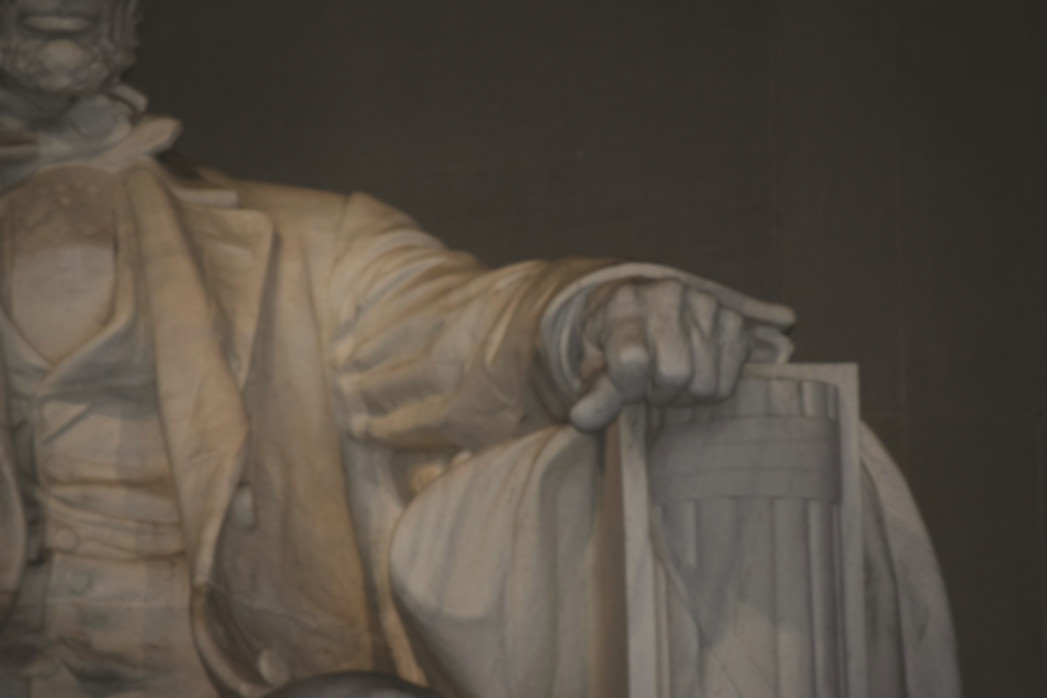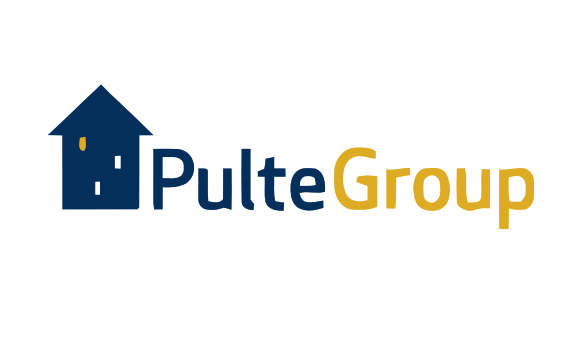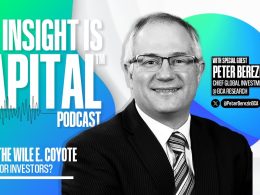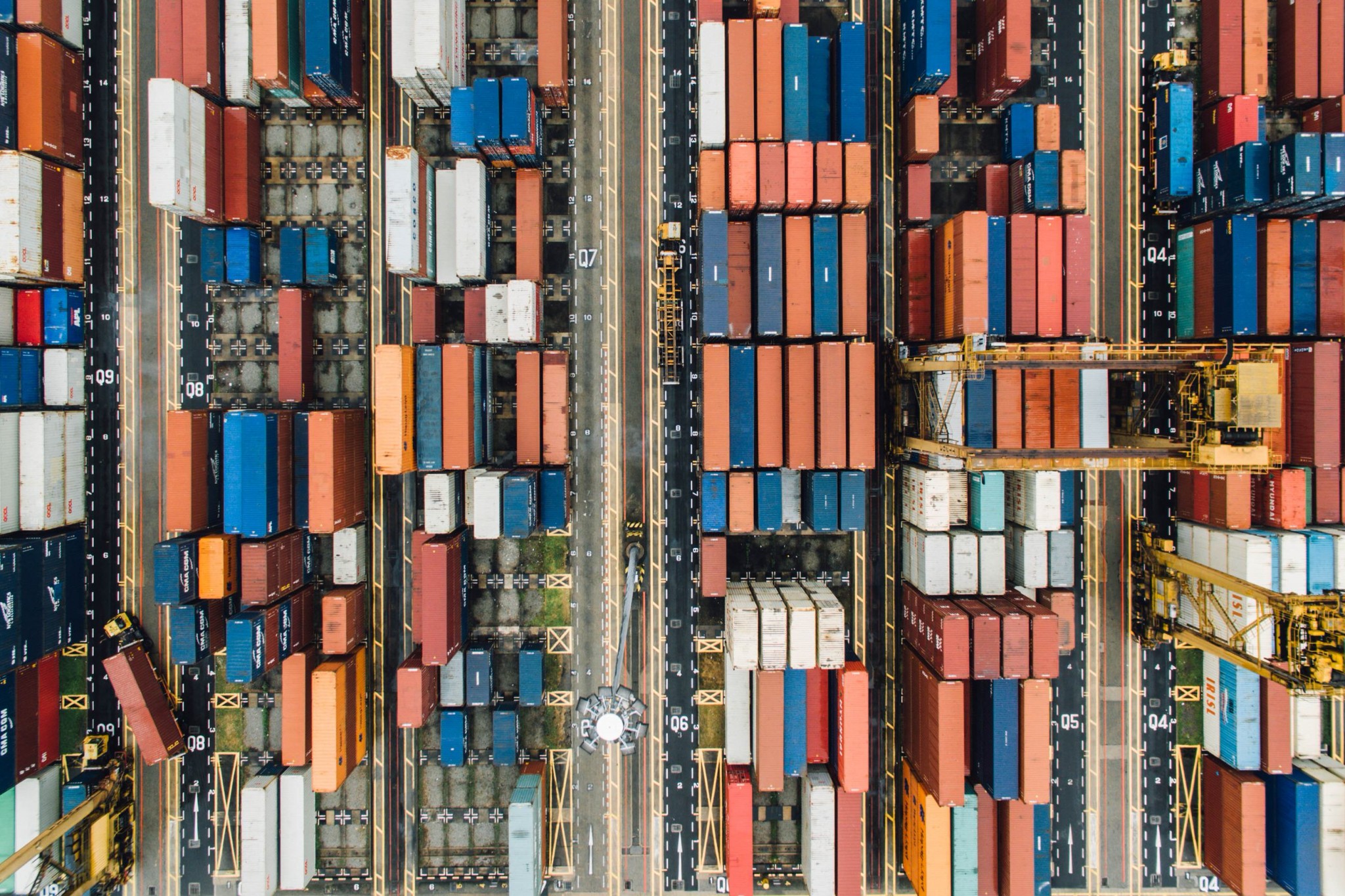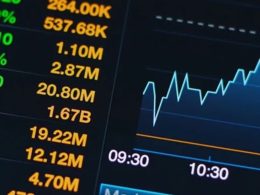by Kristina Hooper, Global Market Strategist, Invesco Ltd., Invesco Canada
As coronavirus cases grow in the U.S., more fiscal stimulus appears to be on the way, which I believe is movement in the right direction. Ultimately, I expect the U.S. to fall into a pattern where, every month or two, Congress must pass a new stimulus package to keep the economy going, especially if the curve is not successfully bent.
I caught a bit of the James Bond movie “Casino Royale” on TV over the weekend. I couldn’t help but fixate on something that I never thought of before – the government expenditures required to bankroll 007’s missions. After all, this guy isn’t independently wealthy. Imagine if British taxpayers really had to fund the costly gadgets, the pricey watches, the luxury SUV, the expensive hotel accommodations — even a generous gambling allowance. If James Bond were a real person – and especially if he were American – wouldn’t there be vigorous protests against him, vilifying him as the poster boy for “big government”? Perhaps. But there’s one important thing to keep in mind — his missions often solved crises, and that has a way of making most people fans. In real life, just like in these movies, it often takes big government to solve big problems.
For evidence of that, look no further than the Global Financial Crisis and the historic federal intervention that was designed to rescue the economy. Even officials who were typically against big government understood that the magnitude of the challenge required a powerful response. I can’t help but recall a famous quote from then-Federal Reserve Chair Ben Bernanke, “There are no atheists in foxholes and no ideologues in financial crises.”1
While today’s crisis is first and foremost a health crisis, there are very significant financial ramifications. And so I wouldn’t expect to see many complaints about another injection of fiscal stimulus — especially in the United States, which has been unable to effectively contain the spread of COVID-19 as have other major economies such as the EU, the UK and China. More help is clearly needed, despite improving economic data.
As I covered in my commentary last week, the U.S. is in a very different situation than China, which has successfully controlled the virus. Last week, the U.S. set a new one-day record of more than 75,000 new coronavirus cases.2 Rising U.S. infections could result in greater stringency in protocol (i.e., rollbacks of re-openings) as well as self-quarantining by households, both of which threaten to stall the very recent recovery in U.S. economic activity. This is different from China, where second-quarter gross domestic product showed that an economic recovery is underway: The virus was controlled and lockdown measures were rolled back. In addition, China stepped up fiscal stimulus. And because China was able to successfully stamp out the virus, this suggests that China is well-equipped to manage any resurgence — including the very feared possibility of a second wave later this year.
A U.S. stimulus package may be on the way
More assistance does appear to be on the way for the U.S. There is growing consensus that the next fiscal stimulus package may be north of $1 trillion as fiscal hawks in the U.S. disappear like proverbial atheists in foxholes.3 All of this is helped, of course, by the fact that it is an election year. This package is likely to include extended job benefits (albeit at a lower cap), new checks to lower-income households, and funding for state and local governments. (One caveat: This possible stimulus package is not a fait accompli given that President Donald Trump has threatened to veto it if it doesn’t include a payroll tax cut.)
While this package wouldn’t be nearly as generous as the $3 trillion HEROES package passed by the U.S. House of Representatives back in May, I believe it is movement in the right direction. I expect the U.S. to fall into a pattern where, every month or two, Congress must pass a new stimulus package to keep the economy going — especially if “the curve” is not successfully bent.
Vaccine trials show progress, while the evidence for wearing masks grows
There has been some good news on the health front as well. Last week a preliminary report published in the New England Journal of Medicine indicated that Phase One clinical trials of a vaccine developed by Moderna created antibodies in all participants in the study.4 Those who received two doses of the vaccine developed levels of neutralizing antibody activity that were actually higher than the average levels observed in convalescent serum (i.e., serum taken from people who recovered from confirmed novel coronavirus). Now it is unclear if this creates longer-term immunity, but the participants in the study will continue to be monitored for the presence of antibodies, so we will learn more as time goes on.
Just as important — but receiving no notice from Wall Street – was information released last week by the Centers for Disease Control and Prevention regarding two hairstylists in Springfield, Missouri.5 These hairstylists were infected with COVID-19 and were symptomatic, making it easier for them to transmit the virus, but continued to provide haircuts to customers — 139 in total — in May of this year. And yet no symptomatic secondary cases were reported as a result of this contact; of those 67 clients who volunteered to be tested for COVID-19, all tested negative. One important point to make: The hairstylists and the clients all wore face masks during the haircuts.
Looking ahead
To me, the message is clear: Wearing face masks can help us resume economic activity and potentially avoid reinstating the type of stringent measures that ground business activity to a near-halt earlier in the year. In my view, this is a simple step that can promote both public health and the health of U.S. stocks. Think of it as something akin to a fabric vaccine.
Looking ahead, I believe the stock market would benefit from news of a stimulus package coming to fruition — even if it is only a portion of what the HEROES Act would have been. In times like this, despite a massive and rising budget deficit for the U.S., I believe big government is likely to be good news for the stock market. However, I must add that I do worry about the renewed risk of rising tensions between the U.S. and China. Last week Attorney General William Barr was very provocative in a speech he gave in Michigan, accusing China of launching an “economic blitzkrieg” against the United States.6 Also last week, President Trump signed an executive order imposing sanctions on Chinese officials and removing Hong Kong from its status as a favoured trading partner.7 Some retaliation could come from China, which could undermine confidence in global stocks. We will want to follow this situation closely.
This post was first published at the official blog of Invesco Canada.






